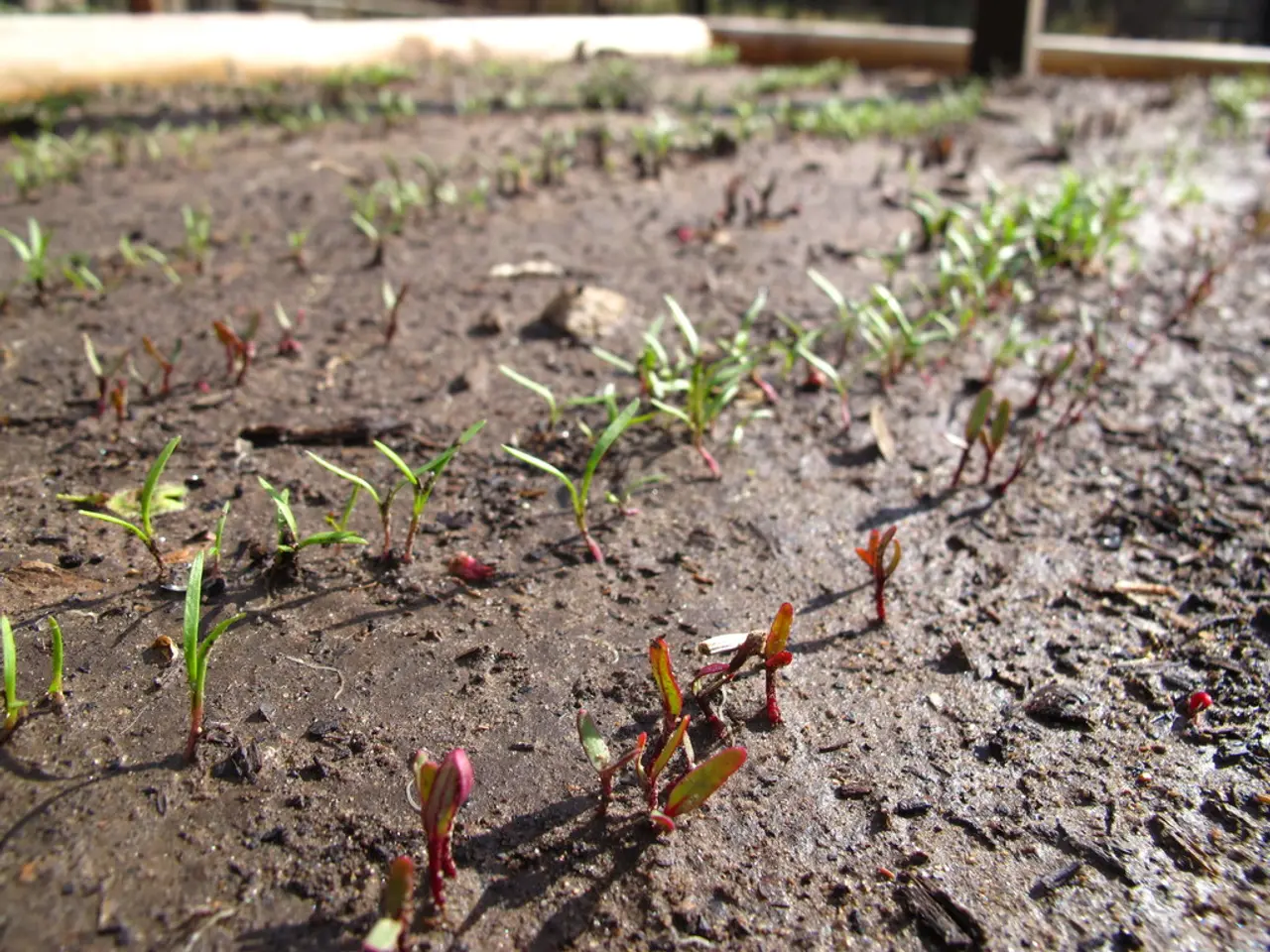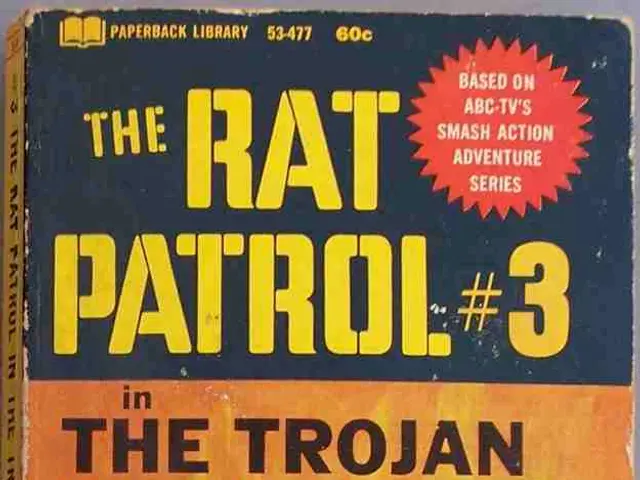Micro- and Nano-Plastics Threaten Soil Health, Warn Scientists
Soil health is under threat from a growing problem: micro- and nano-plastics (MNPs). These tiny particles, generated from human waste, interact with other contaminants, increasing their toxicity. They can leach into other regions, enter the food chain, and pose risks to human health.
MNPs, categorised by size (nano-plastics: 1nm to 100 nm, microplastics: 0.1μm to 1000 μm) and origin (primary or secondary), are produced when larger plastic waste degrades. More than 200 million tonnes of plastic waste ends up in soil or water annually, contributing to this issue.
Researchers worldwide are tackling this problem. Groups like those from Hannover University, developing hydrogels to capture and degrade microplastics in water, and the Leibniz Centre for Agricultural Landscape Research (ZALF), involved in EU projects on sustainable soil management, are at the forefront. They receive funding from various sources, including German federal agencies and European collaborative projects.
MNPs hamper seed germination, impact plant yield and quality, and reduce soil fertility by affecting microbial diversity. They also disrupt soil structural integrity and alter physico-chemical properties, threatening soil ecology and human health. Modern farming practices contribute to this contamination. Further research and action are crucial to mitigate the impacts of MNPs on our soil and environment.
Read also:
- Reconsidering the Approach to Mountain Height Measurement?
- UK automaker, Jaguar Land Rover, to commit £500 million for electric vehicle manufacturing in Merseyside
- Standard Nuclear & Framatome Join Forces to Boost TRISO Fuel Production by 2027
- Exhibition Spotlights Child Labor in Lithium and Cobalt Mines








